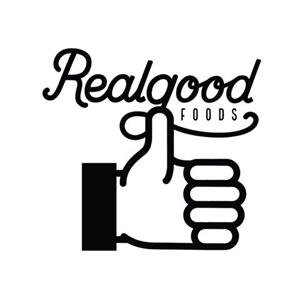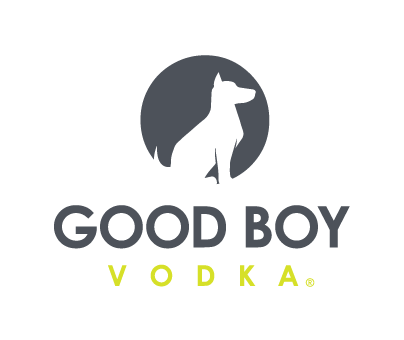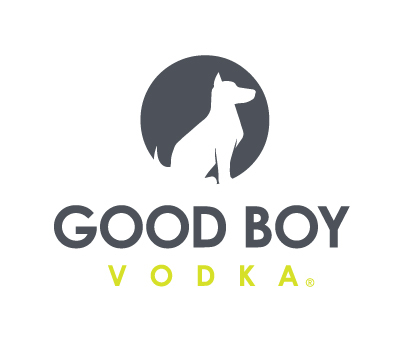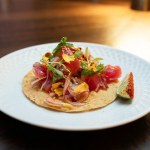Real Good Foods Opens Second Production Facility to Grow Margin & Enter New Categories
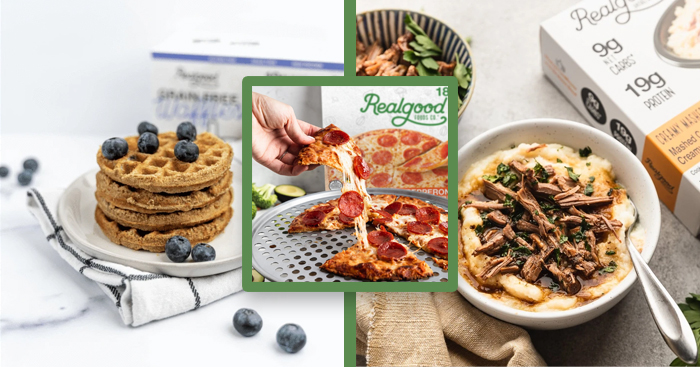
Frozen entree and appetizer brand Real Good Foods (RGF) announced today the opening of its second production facility in Bolingbrook, Illinois. The move comes after the publicly traded company has brought the majority of its manufacturing in-house in an effort to improve its cost structure, margins and profitability.
“Our mission is to make our craveable, nutritious comfort foods accessible to everyone across the United States and, eventually, throughout the world,” Bryan Freeman, Executive Chairman of Real Good Foods, said in a release. “Opening Bolingbrook is a significant milestone for the Company as we build capacity and expand our reach.”
Production capacity will scale over the course of the year, accounting for a $200 million increase in net sales by the end of 2022 and a further $250 million to $300 million once the 81,000 square foot plant is at full capacity. According to a statement by the company, the facility was completed six months after the lease was signed, with the location selected because of its proximity to RGF’s St. Louis co-packer, its 3PL warehouse in Franklin, Illinois, and its distribution hub in Hobart, Indiana. The plant contains flexible production lines and automation to reduce labor costs.
RGF reported $25.6 million in net sales during Q4 fiscal year 2021, and $84.1 million in net sales, for the full fiscal year. The company is aiming for $145 million in net sales for 2022, a target that hinges on the opening of the Bollingsbrook facility, Freeman said on RGF’s Q4 earnings call last month.
The company’s first facility – a leased 45,000 square foot plant in City of Industry, Calif.– was originally managed by a co-packer until that company ceased operations in 2020.
RGF assumed ownership of the California producers’ machinery and inventory via a foreclosure process in January 2021, also absorbing its lease. By June 2021, 70% of its products were made in-house, Freeman said, a figure that now stands at closer to 80%. The company cited that growth as key to its ability to meet demand, control quality and increase margins. Already in the fourth quarter of 2021, RGF’s gross margin increased by 120 basis points to 17.4%, which RGF attributed to the production changes.
Currently the bulk of RGF revenue comes from the sale of low-carb, high-protein frozen bowls, stuffed chicken breasts, breakfast items, pizzas and family-size entrees — generally pulling from classic American, Italian and Mexican flavor profiles. Freeman told NOSH that while the company’s pizzas serve as a means of drawing new customers to the brand, its entrees and breakfast items are where it sees the most potential for growing sales.
With the new facility, Freeman said RGF plans to expand further into meals adding more breaded poultry items such as nuggets and tenders, new Asian-inspired entrees and “protein fries and tots,” all of which should debut over the course of this year. In total, those three categories represent an annual total market value of $5 billion, the company said on its March earnings call, of which it believes it ultimately could capture $150 million.
The Bollingsbrook facility comes online at a time when some brands see self manufacturing as a means of avoiding the supply chain and manufacturing issues experienced by some copackers during the COVID-19 pandemic.
“Seeing the impact of COVID right now, there just isn’t capacity out there. It’s really a difficult environment if you don’t own your manufacturing today,” Freeman said. “[But] The reason why we co-manufactured in the beginning, was we wanted to build the brand first. A lot of times, if you bring a plant on early, it pushes you to go get more distribution than you probably should have…if you own a plant, you’ve got to fill it up.”
